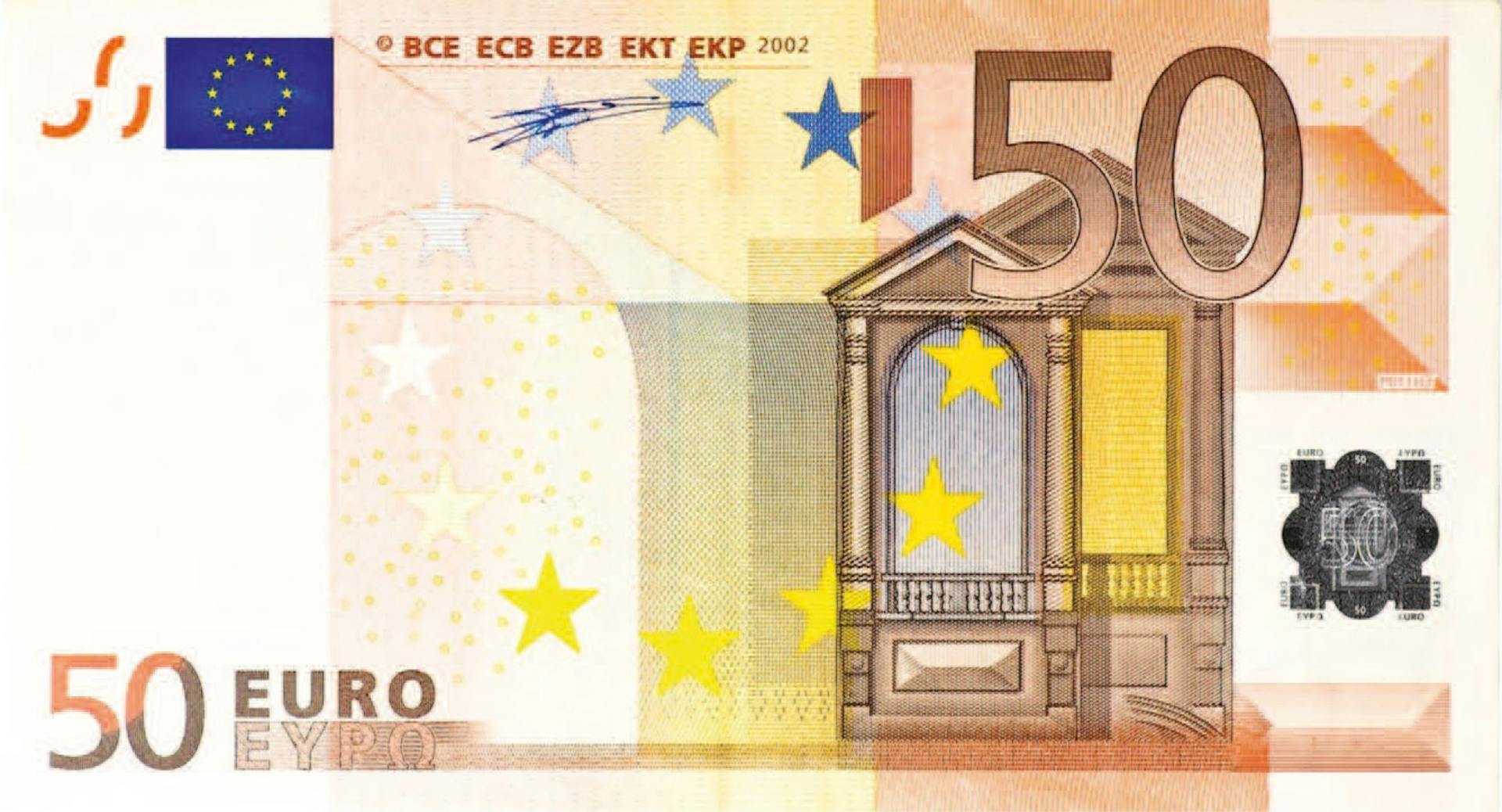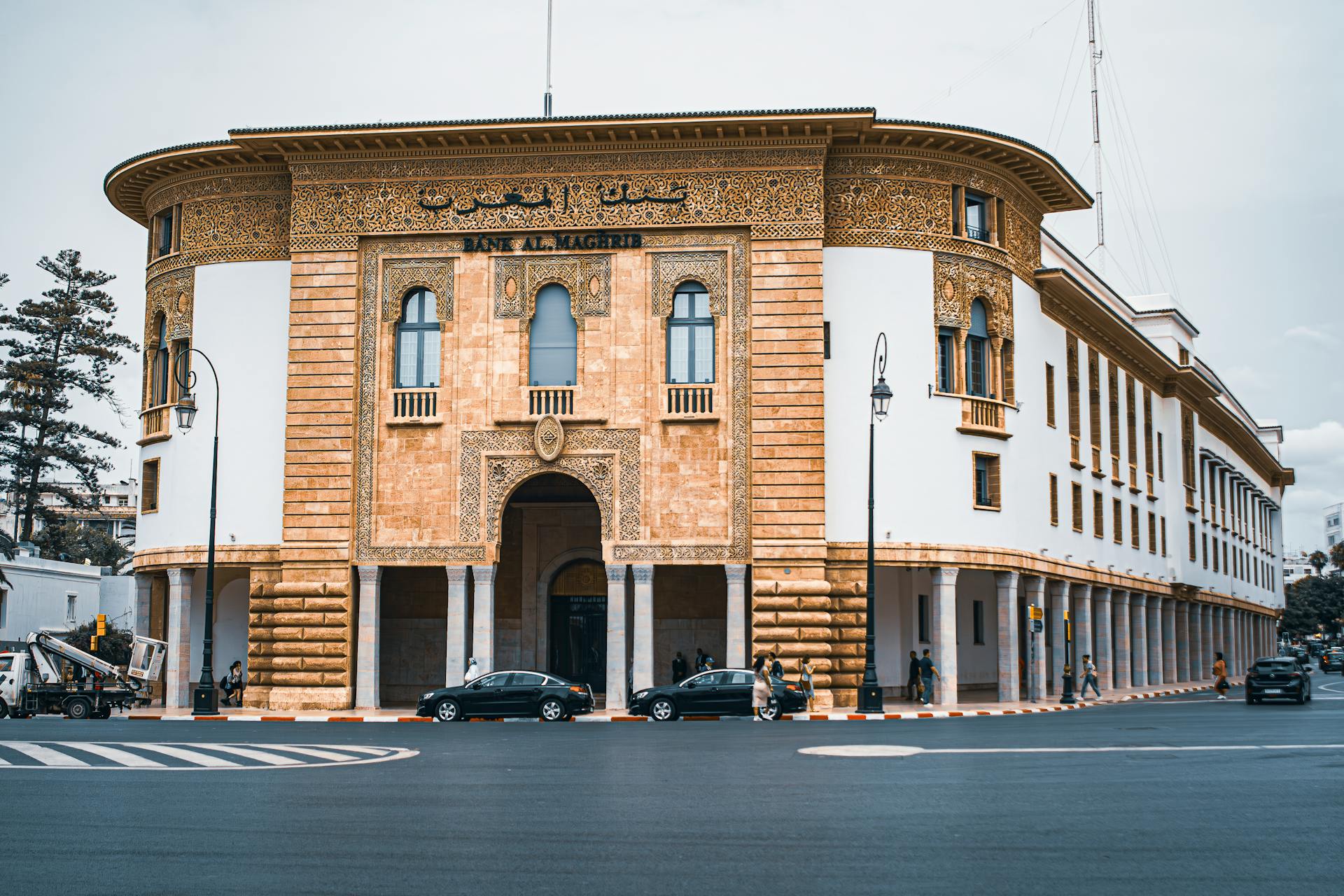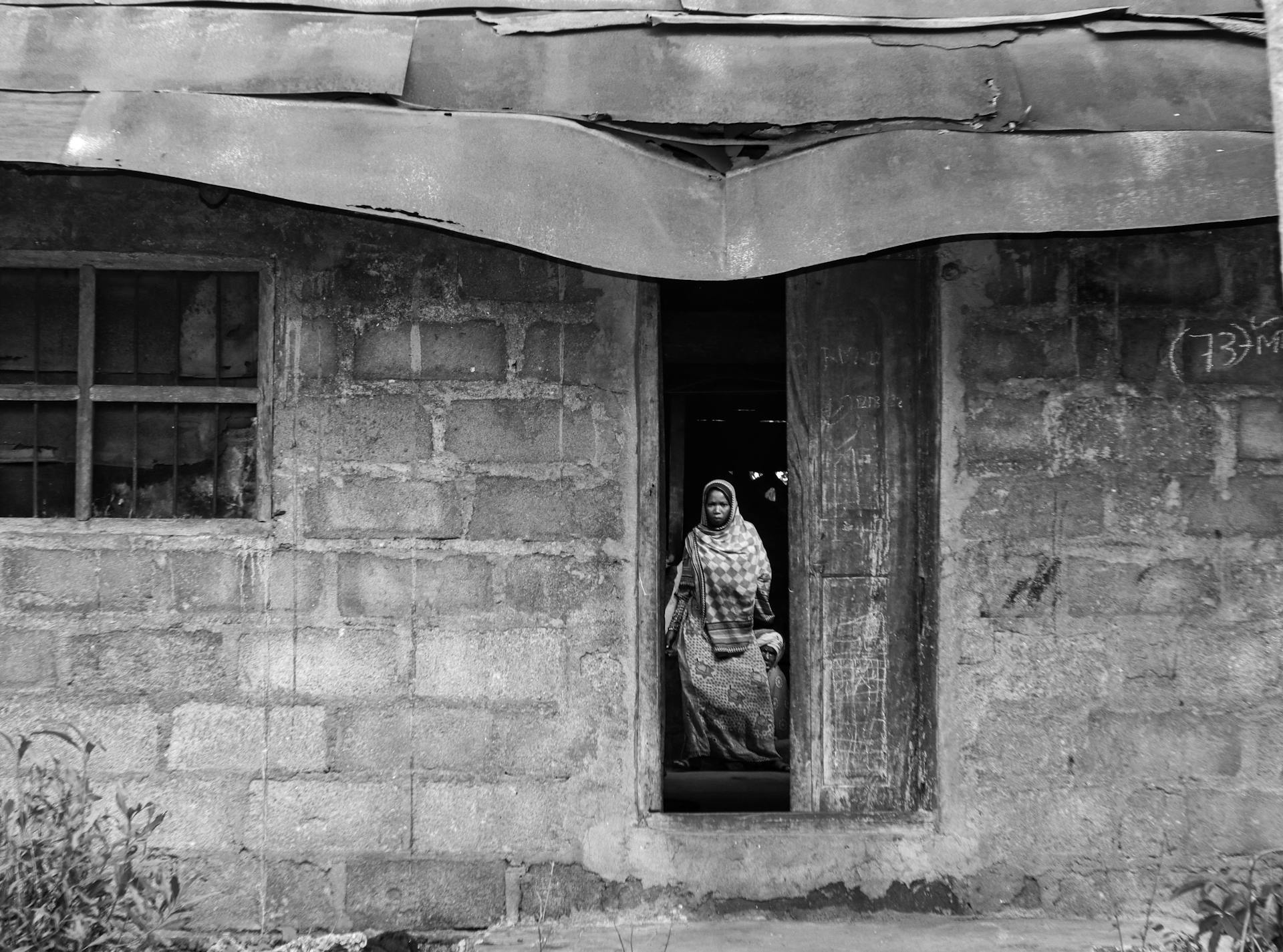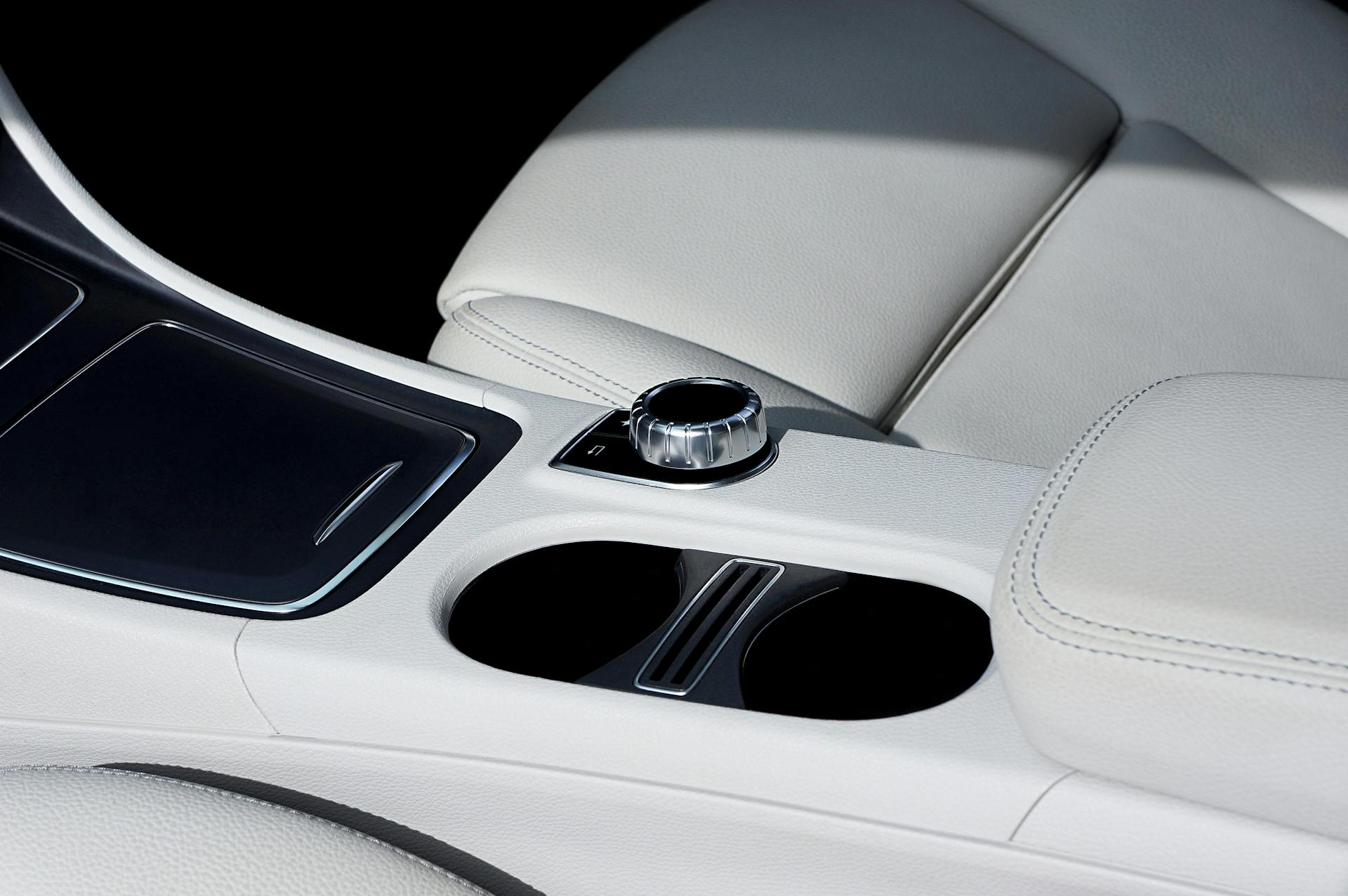
The Kenyan shilling, represented by the symbol KES, is a vital part of the country's economy and culture.
In Kenya, the shilling is the official currency and is subdivided into 100 cents. The Central Bank of Kenya is responsible for issuing and regulating the currency.
The Kenyan shilling is used in everyday transactions, from buying groceries to paying for transportation. You can exchange it for other currencies at banks, bureaux de change, or online.
The shilling's value is determined by supply and demand in the foreign exchange market, and its value can fluctuate.
The History of the Shilling
The Kenyan shilling has a rich history. It was introduced in 1966 to replace the East African shilling.
The East African shilling was issued from 1921 to 1969. It was minted in banknotes and coins of various denominations.
The East African shilling was mainly used in Kenya, Tanganyika, and Uganda. It was pegged on the sterling pound.
Kenya gained independence in 1963, and it used the East African shilling as a transition currency for three more years. This was before replacing it with the Kenyan shilling at par.
The Kenyan shilling replaced the East African shilling in 1966 at par. This means that the two currencies were equivalent in value at the time of the exchange.
Kenyan Currency
The Kenyan currency has a rich history, and its design reflects the country's cultural and natural heritage. The Kenyan shilling was introduced in 1966 to replace the East African shilling, which was used in Kenya, Tanganyika, and Uganda.
The first coins were issued in 1966 in denominations of 1/=, 5/=, 10/=, 25/=, and 50/=, with 1/= and 2/= coins being introduced later. The coins featured a portrait of Jomo Kenyatta, the first president of Kenya, until 1980, when Daniel arap Moi's portrait replaced him.
The design of the coins has changed over the years, with new series being introduced in 2005 and 2018. The 2018 series features a bi-metallic design and depicts the national Coat of arms of Kenya on the obverse and images of Africa's recognizable animals on the reverse.
Notation
The way Kenyan currency is written is quite unique. Prices in the Kenyan shilling are expressed as x/y, where x represents the amount in shillings and y represents the amount in cents.
You might see an equals sign or hyphen used to represent zero amount in cents. For example, 50 cents is written as "-/50".
The Kenyan notation was modelled after the pre-decimal sterling notation, where amounts were written in pounds, shillings, and pence.
Coins
The first coins in Kenya were issued in 1966, with denominations of 5, 10, 25, and 50 cents, and 1 and 2 shillings.
The production of 25 cent coins stopped in 1969, and 2 shilling coins were last minted in 1971, except for the 1973 set.
The image of Jomo Kenyatta, the first president of Kenya, appeared on all coins from 1967 to 1978.
In 1980, a portrait of Daniel arap Moi replaced Kenyatta's image, which remained until 2005.
A 40 shilling coin bearing the image of former president Mwai Kibaki was circulated in 2003 to commemorate the 40th anniversary of independence.
New coins were introduced in 2005, featuring Kenyatta's image, and in 2010, a law was passed stating that coins could not bear the portrait of any individual.
New banknotes and coins were released in 2019, featuring images that depict or symbolize Kenya, but do not include portraits of individuals.
Here are the details of the 2018 coin series:
Banknotes
The Kenyan shilling replaced the East African shilling at par on September 14, 1966. The Central Bank of Kenya issued notes in denominations of 5/=, 10/=, 20/=, 50/=, and 100/=, all featuring Jomo Kenyatta's portrait on the front and diverse economic activities on the back.
In 1985, 5/= notes were replaced by coins, followed by 10/= and 20/= in 1994 and 1998, respectively. The introduction of 200/= notes occurred in 1986, 500/= in 1988, and 1,000/= in 1994.
The banknotes were printed in Nairobi by security printer De La Rue. The issue of the 200/= banknote dated December 12, 2003, commemorated the "40 years of Independence 1963–2003."
A new series of notes was introduced in 2019, featuring a common design of the Kenyatta International Convention Centre on the front side, with images showcasing the richness of the people and nature of Kenya on the back. The denominations included 50/=, 100/=, 200/=, 500/=, and 1,000/=.
Here's a breakdown of the 2019 series of banknotes:
- 50/=: Green Energy, with images of Kenya's wind, geothermal, and solar energy systems
- 100/=: Agriculture, represented by a design featuring corn and tea crops, as well as livestock
- 200/=: Social services, shown through illustrations of medical services, education, and athletes
- 500/=: Tourism, represented by views of Kenya's beaches, parks, and game reserves
- 1,000/=: Governance, with an image of the Parliament building in Nairobi
Kenyan Economy
The Kenyan economy has seen its fair share of fluctuations, particularly with the Kenyan shilling exchange rate. In mid-2011, the exchange rate slumped dramatically from about 83 shillings per US dollar to 100 shillings per US dollar by late 2011.
The Central Bank of Kenya responded by tightening liquidity, including increasing interest rates and money market operations. This move aimed to stabilize the economy.
By September 2015, the exchange rate had reached 105 shillings per US dollar. However, an expected surge in tea exports drove up the exchange rate to about 84 shillings per US dollar on January 31, 2012.
As of 2021, the exchange rate is approximately 109.55 shillings per US dollar, according to xe.com's currency converter.
Kenyan Culture
Kenyan Culture is a vital part of the new shillings, with each banknote featuring a different aspect of the country's cultural values or industries.
The Central Bank of Kenya celebrated Kenyan culture by introducing new designs on the banknotes and coins. The bank's governor, Patrick Njoroge, said that the new shillings "will serve as a means of passing knowledge, conserving culture, and promoting [Kenya's] global uniqueness."
Here's a breakdown of the cultural values and industries featured on each banknote:
- Ksh50: Green energy, with images of Kenya's wind, geothermal, and solar energy systems
- Ksh100: Agriculture, represented by a design featuring corn and tea crops, as well as livestock
- Ksh200: Social services, shown through illustrations of medical services, education, and athletes
- Ksh500: Tourism, represented by views of Kenya's beaches, parks, and game reserves
- Ksh1000: Governance, with an image of the Parliament building in Nairobi
Kenyan Bills Are Bilingual
Kenyan bills are bilingual, listing their denominations in both English and Swahili. This reflects the country's multicultural nature, with over 70 languages spoken across the nation.
Kenya's official languages are English and Swahili, making them the primary languages used on currency. People in southeastern Africa widely use Swahili, while English spread throughout Kenya during the British colonial period.
The 1 shilling coin is a great example of bilingualism on Kenyan currency, featuring "one shilling" and "shilingi moja" on opposite sides.
Feature Kenyan Wildlife
Kenya is home to diverse wildlife that live in its 22 national parks, 28 reserves, and five sanctuaries.
Many East African animals are featured on the newer Kenya shilling, including the giraffe, lion, rhinoceros, leopard, buffalo, and elephant.
Tourists come from all over the world to go on safari in rural Kenya, where they can see these amazing animals up close.
The shilling's depiction of these animals pays homage to their importance in Kenyan national life, reflecting the country's rich cultural heritage.
Poaching and habitat destruction have put many of these animals on the endangered species list, but Kenya's parks provide a safe haven for them to thrive.
Kenyan Culture Celebration
The Central Bank of Kenya has introduced a new series of banknotes and coins that celebrate the country's cultural values and natural resources.
Each banknote features a different aspect of Kenya's cultural values or industries.
The Ksh50 note showcases Kenya's green energy systems, including wind, geothermal, and solar energy.
Kenya's agricultural sector is represented on the Ksh100 note, featuring corn and tea crops, as well as livestock.
The Ksh200 note highlights social services, with illustrations of medical services, education, and athletes.
Kenya's stunning natural beauty is on full display on the Ksh500 note, featuring beaches, parks, and game reserves.
The Ksh1000 note features the Parliament building in Nairobi, representing Kenya's governance.
The new shillings will serve as a means of passing knowledge, conserving culture, and promoting Kenya's global uniqueness.
Kenyan Historical Currencies
The Kenyan shilling has a rich history, and it's interesting to note that it replaced the East African shilling in 1966 at par.
Kenya gained independence in 1963, and the East African shilling was used as a transition currency for three more years.
The East African shilling was issued from 1921 to 1969 and was minted in banknotes and coins of various denominations.
You can still find old coins and notes from the East African shilling era, but the Kenyan shilling has become the dominant currency in the country.
The East African shilling was pegged on the sterling pound, which gives you an idea of its historical value.
Frequently Asked Questions
Is it KSh or KES?
The official currency symbol for the Kenyan Shilling is KSh, which is often used alongside its ISO code KES.
How do you denote Kenya shillings?
In Kenya, the currency is denoted by the code KES and the symbol KSh. You can easily identify Kenya shillings with these notations.
Featured Images: pexels.com


